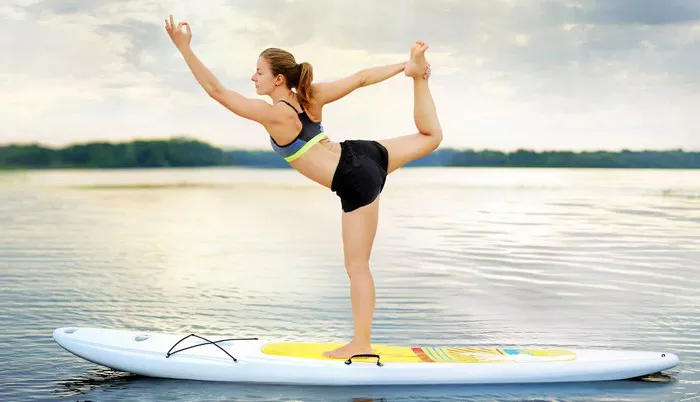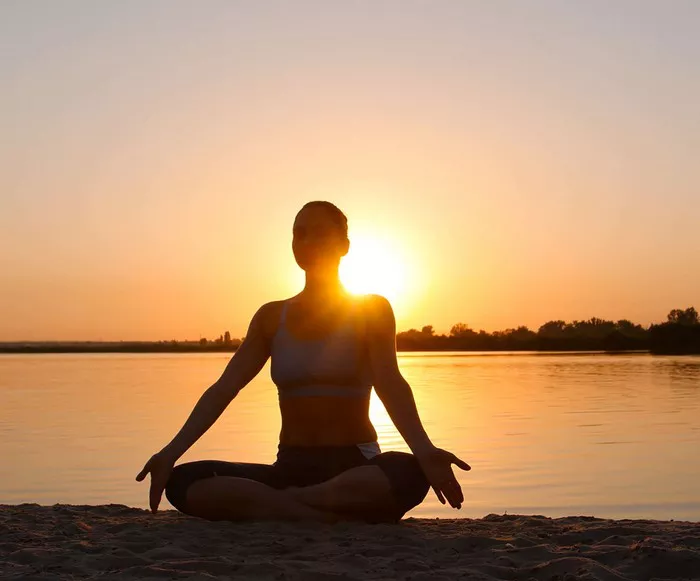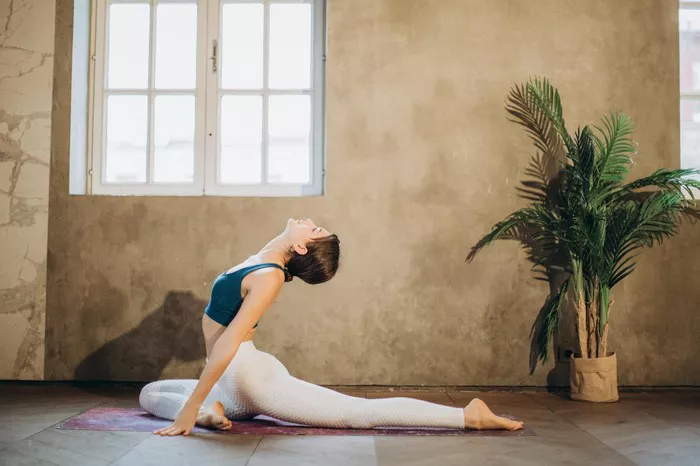In the realm of wellness and fitness, the convergence of ancient practices with modern trends often leads to innovative and captivating experiences. One such fusion gaining popularity is Stand-Up Paddleboard (SUP) Yoga, a harmonious blend of traditional yoga asanas and the dynamic stability challenge of balancing on water. In this comprehensive article, we delve into the origins, benefits, techniques, and considerations of SUP Yoga, offering insights into why this practice has captured the imagination of yogis and outdoor enthusiasts alike.
Origins and Evolution
The roots of SUP Yoga can be traced back to Hawaii, where surfing and yoga have long been integral parts of the cultural landscape. Stand-Up Paddleboarding itself originated in the 20th century as a means for surf instructors to maintain visibility of their students and quickly navigate between them. Over time, SUP evolved into a standalone water sport, attracting enthusiasts seeking a full-body workout combined with serene moments on the water.
The integration of yoga with SUP is a natural evolution, marrying the physical and mental disciplines of both practices. While the exact origins of SUP Yoga are difficult to pinpoint, it gained significant momentum in the early 21st century, particularly in coastal regions where water sports and yoga communities intersect.
The Essence of SUP Yoga
At its core, SUP Yoga embodies the essence of mindfulness, balance, and connection with nature. Practicing yoga on a paddleboard amplifies the mind-body connection, requiring practitioners to engage muscles for stability while flowing through asanas (poses) with heightened awareness. The gentle movement of the water beneath adds an extra layer of challenge and serenity, encouraging practitioners to embrace impermanence and find stability within change.
Benefits of SUP Yoga
The benefits of SUP Yoga extend beyond those of traditional yoga or paddleboarding alone, offering a unique array of physical, mental, and spiritual advantages:
1. Core Strengthening: Balancing on a paddleboard activates deep core muscles, enhancing stability and strength in the abdominals, back, and pelvic floor.
2. Improved Balance and Coordination: Constant adjustments to maintain balance on the water refine proprioception and coordination skills, benefiting overall balance both on and off the board.
3. Enhanced Focus and Mindfulness: The dynamic environment of SUP Yoga fosters present-moment awareness, sharpening focus and cultivating mindfulness as practitioners navigate the fluid surface beneath them.
4. Stress Reduction and Relaxation: The combination of rhythmic paddling, gentle movement, and natural surroundings promotes relaxation, reduces stress levels, and induces a sense of tranquility.
5. Connection with Nature: Practicing yoga on open water immerses participants in the sights, sounds, and sensations of nature, fostering a profound sense of connection and grounding.
Techniques and Considerations
While SUP Yoga shares many similarities with traditional yoga, several key techniques and considerations distinguish it as a unique practice:
1. Board Selection: Choosing the right paddleboard is crucial for a comfortable and stable SUP Yoga experience. Wide, stable boards with ample deck space provide optimal stability and buoyancy, while inflatable boards offer convenience for transportation and storage.
2. Anchor Use: Anchoring the paddleboard in shallow water prevents drifting and enhances stability during yoga sequences. A secure anchor system ensures safety and minimizes distractions, allowing practitioners to fully immerse themselves in their practice.
3. Adaptation of Asanas: Adapting traditional yoga asanas for the fluid surface of the water is essential in SUP Yoga. Modifications may include widening the stance, engaging additional stabilizing muscles, and using the paddle for support in balance poses.
4. Safety Precautions: Practicing SUP Yoga in safe conditions is paramount. Participants should wear a properly fitted personal flotation device (PFD), stay within designated waterways, and be mindful of weather conditions, currents, and boat traffic.
5. Mindful Paddling: Incorporating mindful paddling techniques between yoga sequences enhances the fluidity of the practice and promotes a seamless transition between poses. Using proper paddling form and engaging core muscles while paddling contribute to the overall experience.
Conclusion
SUP Yoga offers a captivating fusion of yoga and water, inviting practitioners to explore balance, mindfulness, and connection in a dynamic outdoor setting. As interest in holistic wellness continues to grow, SUP Yoga provides a refreshing alternative to studio-based practices, allowing individuals to harmonize body, mind, and nature on the tranquil surface of the water. Whether experienced yogis seeking new challenges or newcomers drawn to the allure of the outdoors, SUP Yoga offers a rejuvenating journey of self-discovery and serenity amidst the rhythmic flow of the tides.
















